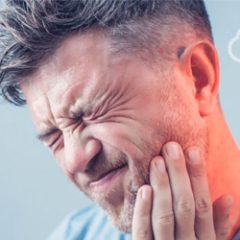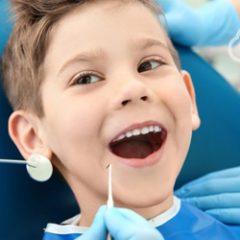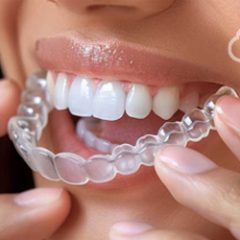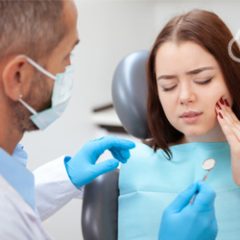No products in the cart.
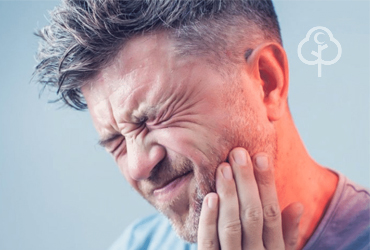
October 18, 2025
Dental Emergencies: What to Do and How to Handle Them
Dental emergencies can be painful, frightening, and sometimes dangerous if not handled promptly. While regular dental care helps prevent many issues, accidents and unexpected problems can still occur. Knowing how to respond to common dental emergencies can reduce pain, prevent permanent damage, and even save teeth. This guide provides practical steps for handling dental emergencies until professional care is available.
1. Severe Toothache
A sudden or persistent toothache is a common dental emergency. Causes may include cavities, abscesses, or cracked teeth. Immediate steps to manage a toothache:
Rinse with Warm Salt Water: Helps reduce swelling and clean the affected area.
Pain Relief: Over-the-counter pain medications like ibuprofen can help, but follow dosage instructions.
Cold Compress: Apply a cold pack to the outside of the cheek to reduce swelling and pain.
Avoid Certain Foods: Stay away from very hot, cold, or sugary foods that may worsen the pain.
It’s important to see a dentist as soon as possible, as untreated infections can spread and lead to serious complications.
2. Knocked-Out Tooth (Avulsed Tooth)
A tooth knocked out completely requires immediate action to increase the chances of saving it:
Handle Carefully: Pick up the tooth by the crown (top), not the root.
Rinse Gently: Clean the tooth with water, avoiding scrubbing.
Reposition if Possible: Try placing it back in the socket gently.
Keep it Moist: If reinsertion is not possible, store the tooth in milk or a tooth preservation solution.
Seek Immediate Dental Care: Ideally, see a dentist within 30–60 minutes for the best chance of saving the tooth.
3. Broken or Chipped Teeth
A broken or chipped tooth can cause pain and sensitivity, especially if the inner pulp is exposed. Steps to manage the situation:
Save Broken Pieces: Bring any fragments to the dentist.
Rinse Mouth: Clean the area with warm water.
Control Bleeding: Apply gentle pressure with gauze if there’s bleeding.
Pain Relief: Use cold compresses and over-the-counter pain medication as needed.
Prompt dental care is essential to restore the tooth and prevent infection or further damage.
4. Lost Filling or Crown
Losing a filling or crown is uncomfortable and can leave the tooth exposed to damage:
Temporary Covering: Use dental cement or sugar-free gum to cover the tooth until you see a dentist.
Avoid Hard Foods: Protect the tooth from additional stress or damage.
Schedule an Appointment: A dentist can replace the restoration and protect the tooth from decay or infection.
5. Other Emergencies
Other dental emergencies may include:
Abscess or Swelling: Can indicate serious infection; antibiotics and prompt dental care are necessary.
Soft Tissue Injuries: Lacerations to the lips, tongue, or cheeks may require stitches and professional care.
Orthodontic Emergencies: Broken braces or wires can cause injury and should be handled carefully until a dentist or orthodontist can repair them.
6. Prevention Tips for Dental Emergencies
While accidents happen, some measures can reduce the risk:
Wear mouthguards during sports or physical activities.
Avoid chewing on hard objects like ice, pens, or hard candy.
Maintain regular dental check-ups to catch potential problems early.
Educate children on safe eating and oral habits.
Conclusion
Dental emergencies can be stressful, but knowing how to act quickly can make a significant difference in outcomes. Whether it’s a toothache, a knocked-out tooth, or a broken restoration, immediate care and professional intervention are critical. By understanding proper emergency response and preventive measures, you can protect your smile and minimize pain and damage.

